An old saying says that March is “in like a lion, out like a lamb.” Well, the “lion” has certainly reared its head as the month has started! After the latest windstorms, you may have already spent some time outside cleaning up your yard. As you get started, here are some spring checklist items that are important to accomplish for a headache-free gardening season ahead.
First things first: clean up the leaves. No matter how many leaves you raked last fall, there are always more, and now you have piles of leaves that have accumulated in and around the shrubs in your beds over the winter. Fallen leaves are rich in nutrients, but they need to be properly composted first. Wet, decomposing leaves are an excellent host for various fungi and diseases, so keep your plants healthy by removing the source of the problem.
Our recent cold snap put a halt to a lot of weeds that grew through the winter, but no doubt they’ll be back soon! Take a few steps now to keep weeds at bay all season long. Start by pulling any stubborn weeds that have overwintered or run your Hula Ho through your flowerbeds to break up patches of weeds that have already taken root.
To keep weeds from growing back, you have a couple of options. For established flowerbeds you don’t plan to plant annuals or tender new plants in this year, I recommend spreading Casoron. Its active ingredient prevents weed seeds from germinating, but can damage annuals and perennials, so thankfully, there’s an alternative: Preen. While it still kills seeds, it won’t hurt anything that is already growing.
After you apply Casoron or Preen, spread a layer of bark mulch. Not only is it an easy way to add curb appeal to your home, it also suppresses weeds and helps hold moisture in your soil. If you want your garden to be low-maintenance, mulched flower beds are a must. Your personal preference will dictate what type of bark you use—at Vander Giessen Nursery, we carry several types of bark mulch, and have it available in bulk or by the bag.
For rose gardens, a great alternative to bark that can provide additional nutrients to your plants is a black compost produced locally by Green Earth Technology. Made largely of yard waste, it has the consistency of very fine bark. It may be worked into poor soils to deliver nutrients right to the roots; however, many people like the appearance enough to use it as a top dressing. Best of all, it’s virtually weed-free.
As spring rolls around, you also need to pay more attention to your lawn. This year’s wet winter has been ideal for moss to grow, and most likely your lawn could use some help. Start by applying a moss killer to eliminate existing moss. Then follow up with a preventive to discourage moss regrowth—Espoma Lightning Lime. I’ve written about it before and can’t stress enough how important granular lime is to the health of your lawn and the detriment of moss.
Finally, start your annual fertilizing program; this time of year Scotts Turf Builder with Moss Control is an excellent choice. Stop in at Vander Giessen Nursery to get more recommendations on spring lawn care.
In between the crazy storms March so often brings, this is a great time to get a start on work around your yard. Grab a notepad, write out your checklist and get going—and let’s hope that March goes “out like a lamb.”


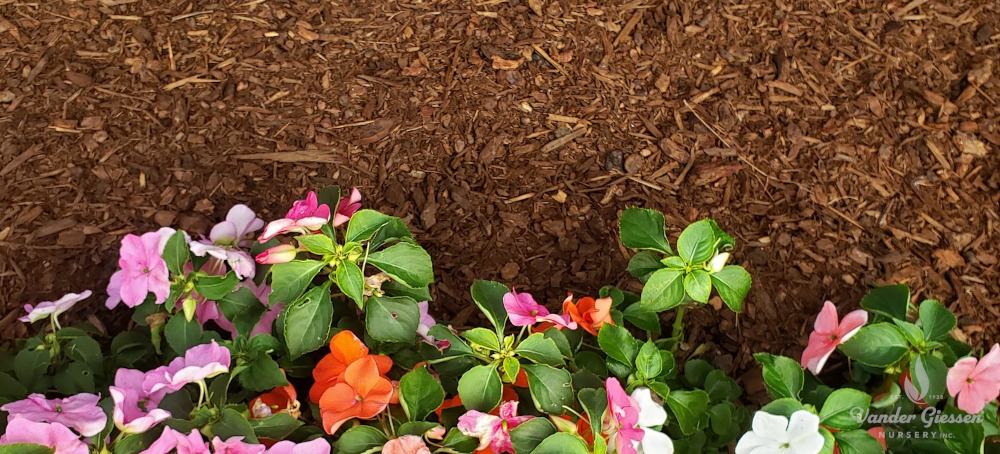
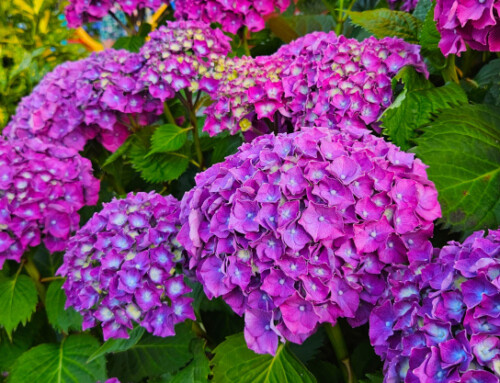
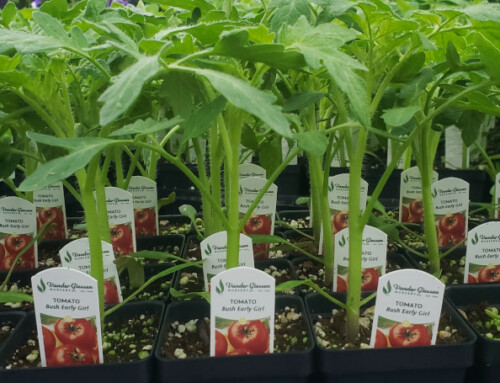
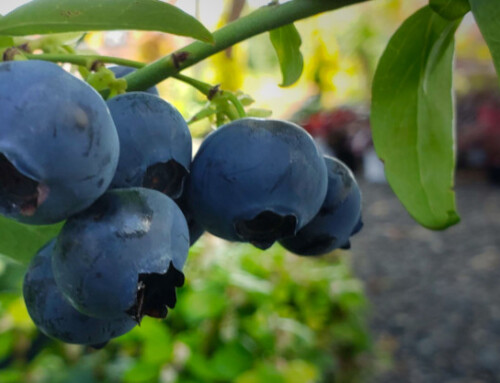
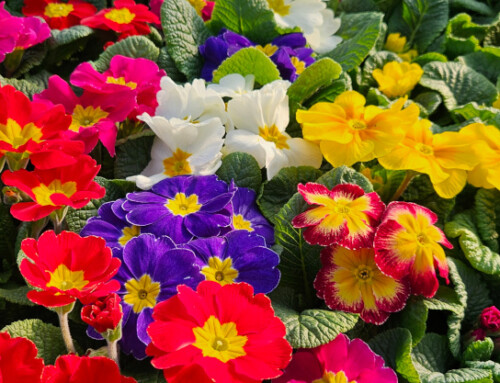
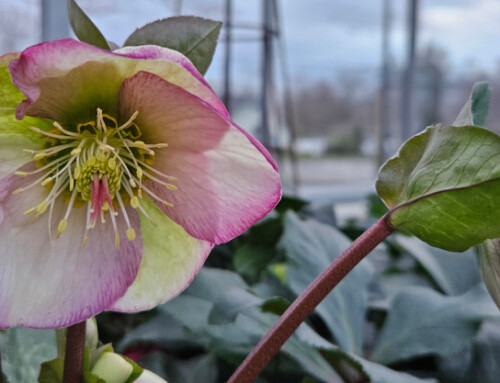
Leave A Comment